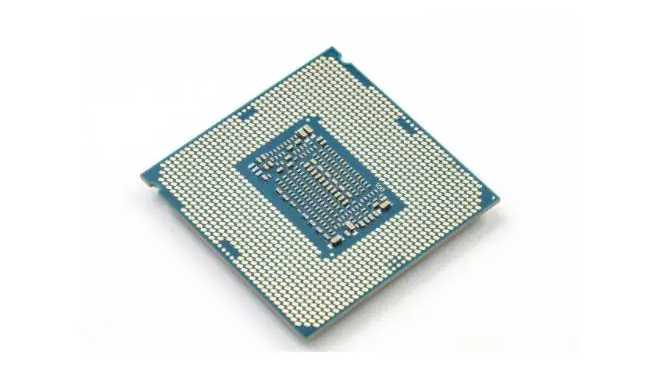The automotive chip is a core component used in automotive electronic systems, which can quickly process various tasks in the automotive system while ensuring system stability and safety. With the continuous development of automotive intelligence and electrification, the demand for automotive chips continues to increase. The following will introduce the classification and specifications of automotive chips.
1、 Classification of Automotive Chips

Divided by function
Automotive chips can be divided into various types according to their functions, the most common of which include:
(1) Control chip: used to control various systems of a car, such as engine control, braking system, airbags, etc.
(2) Communication chip: used to achieve communication between vehicles and between people and vehicles, such as car networking chips.
(3) Sensor chip: used to detect various parameters inside and outside the car, such as temperature, pressure, speed, etc.
(4) Power management chip: used to manage the supply and distribution of car power to ensure the normal operation of the car.
Classified by purpose
Automotive chips can also be classified into various types based on their purpose, the most common of which include:
(1) Driving aid system on a chip: It is used to realize automatic driving, automatic parking and other driving aid systems.
(2) New energy vehicle chip: used to control components such as motors and batteries of new energy vehicles.
(3) Traditional car chips: used to control the fuel system, braking system, airbags, etc. of traditional cars.
2、 Specifications for automotive chips
processing capacity
The processing power of automotive chips is one of the important indicators to measure their performance. Generally speaking, the higher the processing power of automotive chips, the better their performance. At present, the mainstream automotive chip processing capacity can reach 180 billion operations per second, which can meet the needs of automotive intelligence and electrification.
Security
The safety of automotive chips is a top priority in automotive chip design. Automotive chips need to ensure the stability and security of the system to prevent hacker attacks and malicious software intrusion. Automotive chips need to have features such as security authentication, encryption technology, and multi-level protection to ensure the security of the vehicle.
reliability
The reliability of automotive chips is one of the important indicators for measuring chip performance. Automotive chips need to work normally in extreme environments such as high temperature and pressure, so their reliability needs to be very high. The reliability of mainstream automotive chips can reach the level of millions of hours.
The above is an introduction to the classification and specifications of automotive chips.

